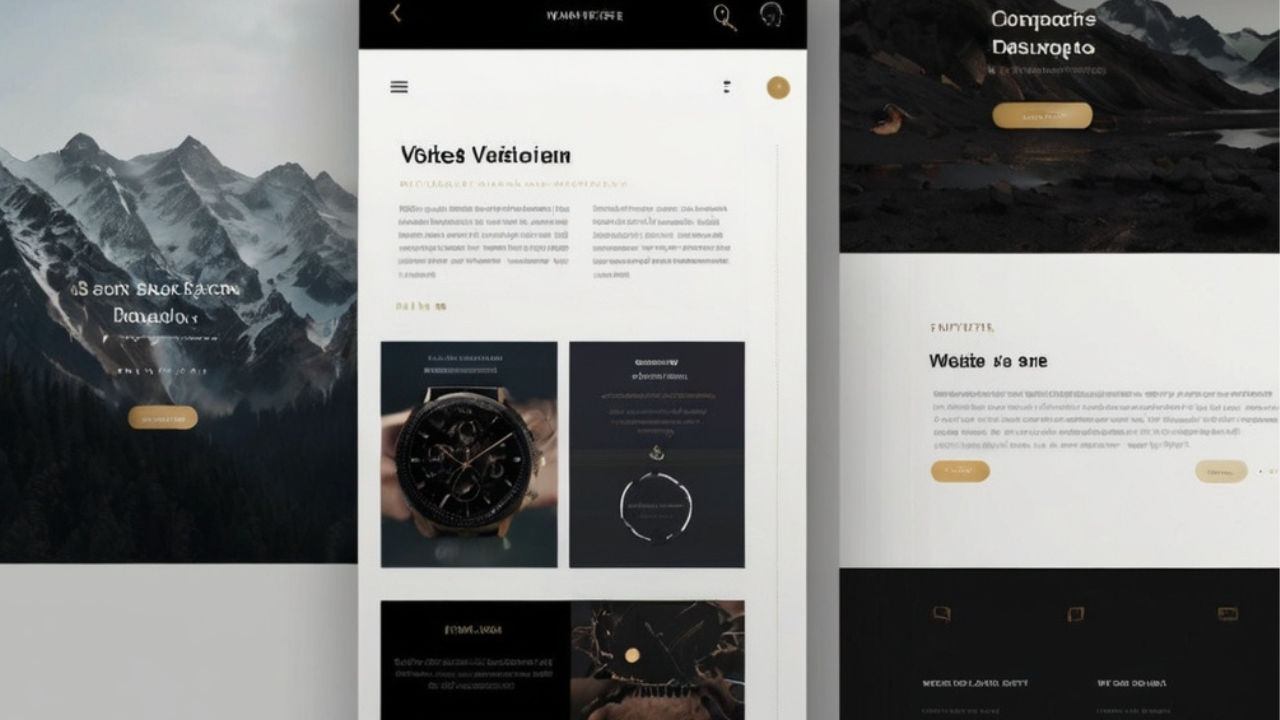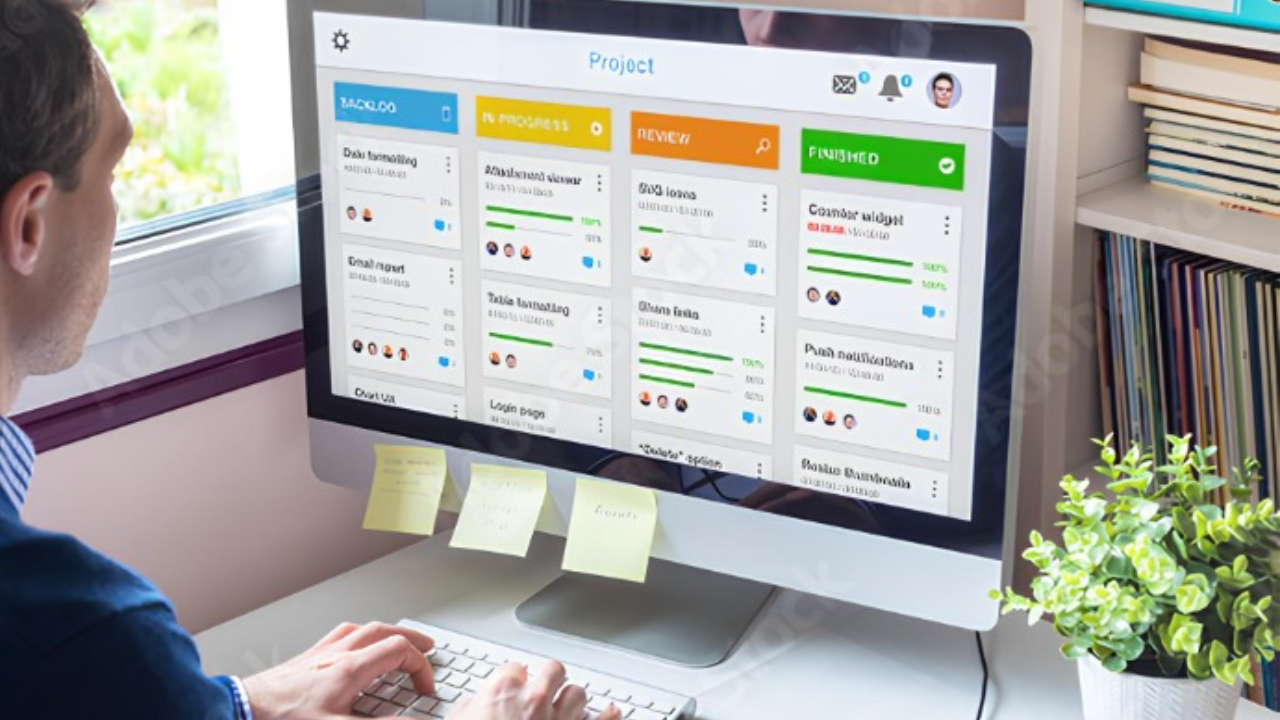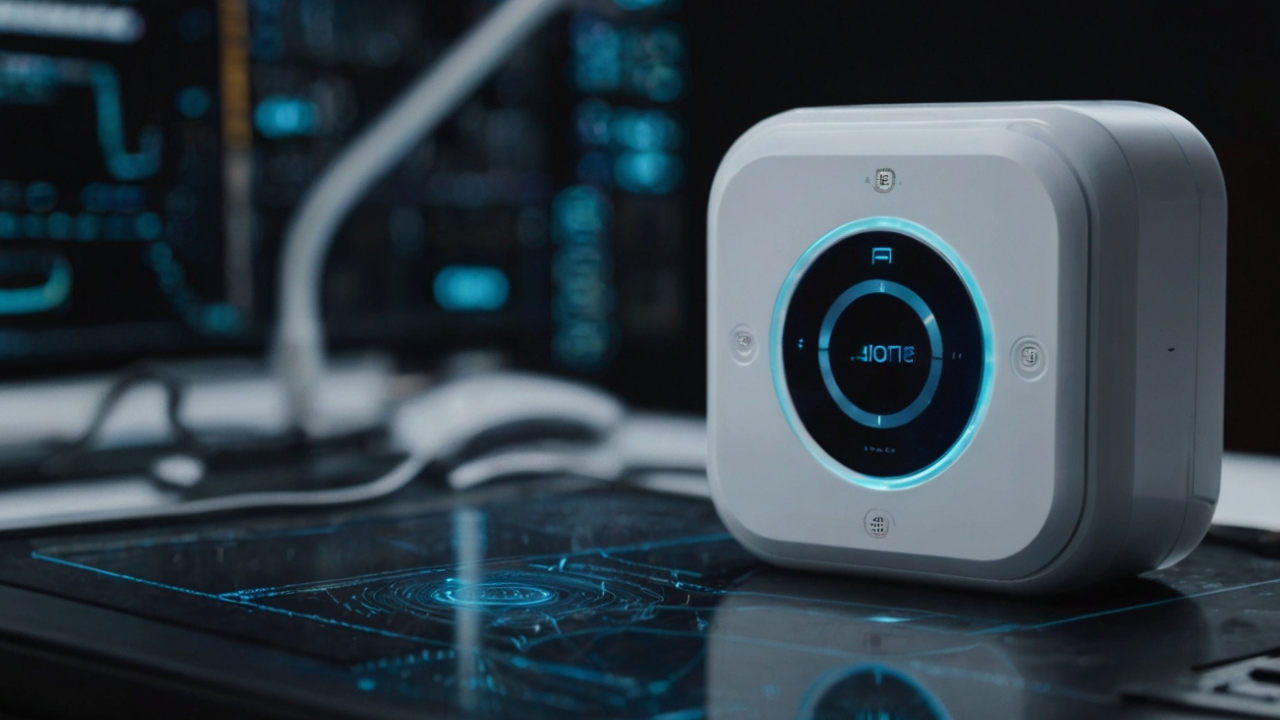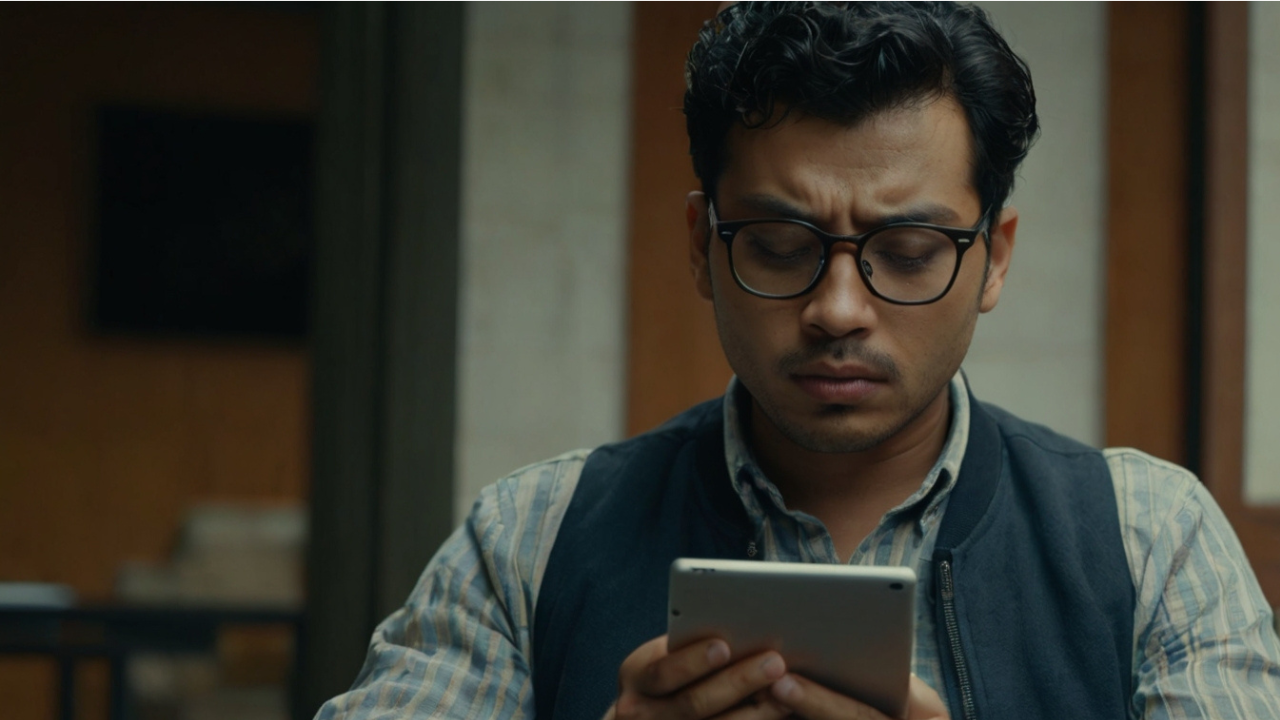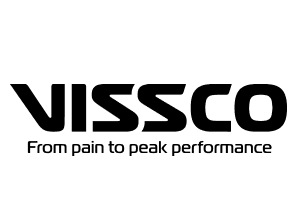Minimalism, characterized by simplicity and clarity, has become a dominant trend in user experience (UX) and user interface (UI) design. This approach focuses on the essential elements, reducing clutter and distractions to create a clean, functional, and aesthetically pleasing interface. Minimalism is not just a design fad; it is a crucial aspect of creating effective and enjoyable digital experiences. Here’s why minimalism is key to good UX/UI design.
1. **Enhanced Usability and Accessibility**
**Simplified Navigation:**
Minimalist design prioritizes simplicity and ease of use. By eliminating unnecessary elements and focusing on core functionalities, users can navigate more intuitively. Clear, straightforward navigation improves the user experience, making it easier for users to find what they need without confusion or frustration.
**Accessibility:**
A minimalist approach often leads to improved accessibility. Fewer elements mean less cognitive load, which is particularly beneficial for users with cognitive impairments. Additionally, minimalist design usually involves high contrast, ample white space, and legible typography, all of which enhance readability and usability for all users, including those with visual impairments.
### 2. **Faster Load Times and Performance**
**Reduced Clutter:**
Minimalist design typically involves fewer images, videos, and other media elements, leading to faster load times. A streamlined interface ensures that the website or application performs efficiently, even on devices with slower internet connections or less processing power.
**Improved Performance:**
By focusing on essential elements, minimalist design reduces the strain on servers and devices. This not only improves load times but also enhances overall performance, resulting in a smoother, more responsive user experience. Users are more likely to stay engaged with a fast, well-performing site or app.
### 3. **Focused Content and Clear Messaging**
**Content-First Approach:**
Minimalism emphasizes the importance of content by removing distractions. When design elements are stripped down to the basics, the content stands out more prominently. This approach ensures that users can quickly grasp the main message or purpose of the interface.
**Clear Messaging:**
A clutter-free design allows for clear and concise messaging. Minimalist design forces designers to be deliberate about what information is presented and how. This leads to more effective communication, as users can easily understand the content without being overwhelmed by extraneous details.
### 4. **Aesthetic Appeal and Emotional Impact**
**Visual Harmony:**
Minimalist design is inherently visually appealing. The use of ample white space, balanced layouts, and restrained color palettes creates a sense of harmony and elegance. This visual clarity not only makes the interface more attractive but also fosters a positive emotional response from users.
**Emotional Connection:**
A well-executed minimalist design can evoke a sense of calm and satisfaction. Users are more likely to have a positive emotional experience when interacting with a clean, uncluttered interface. This emotional connection can enhance user engagement and loyalty.
### 5. **Improved Focus and Attention**
**Reduced Cognitive Load:**
Minimalist design reduces cognitive load by presenting users with only the necessary information and options. When users are not bombarded with too many choices or visual stimuli, they can focus better on the task at hand. This improved focus leads to a more efficient and satisfying user experience.
**Enhanced Attention:**
By eliminating unnecessary elements, minimalist design directs users’ attention to the most important aspects of the interface. Whether it’s a call to action, a key message, or an essential feature, a minimalist approach ensures that users notice and engage with what matters most.
### 6. **Scalability and Adaptability**
**Responsive Design:**
Minimalist design is inherently more adaptable to different screen sizes and devices. With fewer elements to rearrange and resize, it’s easier to create a responsive design that works well on both desktop and mobile devices. This scalability is crucial in today’s multi-device world.
**Future-Proofing:**
A minimalist approach also makes it easier to update and maintain the interface. As technology and user expectations evolve, a simple, clean design can be more easily modified to incorporate new features or improvements without overhauling the entire interface.
### 7. **Cost-Effectiveness**
**Efficient Development:**
Minimalist design often requires fewer resources in terms of development and design. With fewer elements to create, test, and maintain, the overall cost of developing and maintaining a website or application is reduced. This efficiency benefits both designers and clients.
**Time Savings:**
A streamlined design process means faster project completion. Minimalist design allows for quicker prototyping, testing, and iteration, leading to a shorter time-to-market. This time savings can be crucial in competitive industries where speed and agility are key.
### 8. **User-Centric Approach**
**Prioritizing User Needs:**
At its core, minimalism is about prioritizing user needs. By focusing on the essential elements, designers can create interfaces that truly serve the user’s purpose. This user-centric approach leads to more satisfying and effective user experiences.
**Eliminating Distractions:**
Minimalist design eliminates distractions that can detract from the user experience. By focusing on what is truly important, users can achieve their goals more easily and efficiently. This focus on the user’s needs and goals is fundamental to good UX/UI design.
### Conclusion
Minimalism in UX/UI design is not just about aesthetics; it’s a fundamental principle that enhances usability, performance, and user satisfaction. By focusing on simplicity and clarity, minimalist design creates interfaces that are more intuitive, accessible, and engaging. It reduces cognitive load, improves performance, and ensures that the user’s needs are prioritized. In an increasingly complex digital landscape, minimalism offers a refreshing and effective approach to design, making it a key component of good UX/UI design. Embracing minimalism can lead to more effective, enjoyable, and successful digital products.

